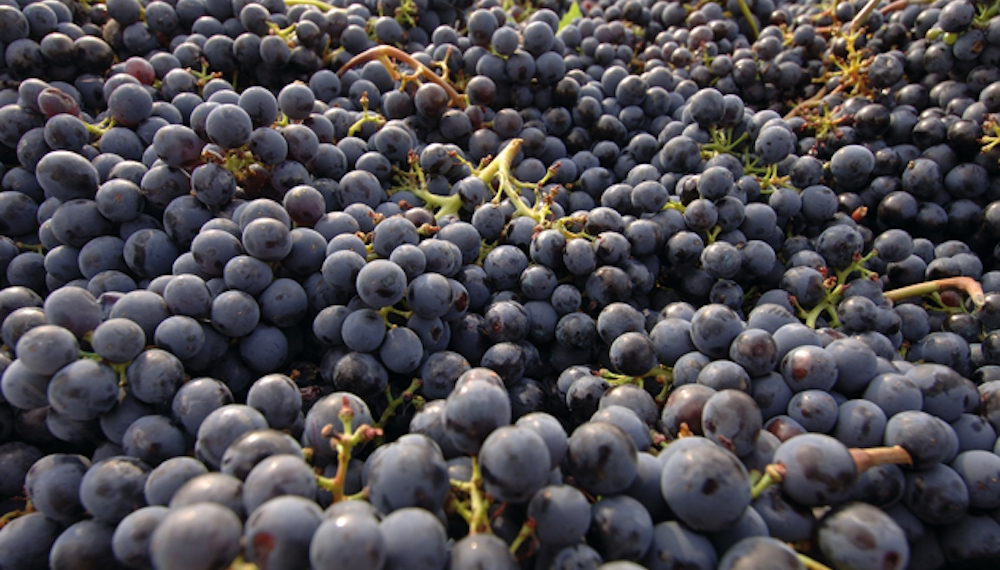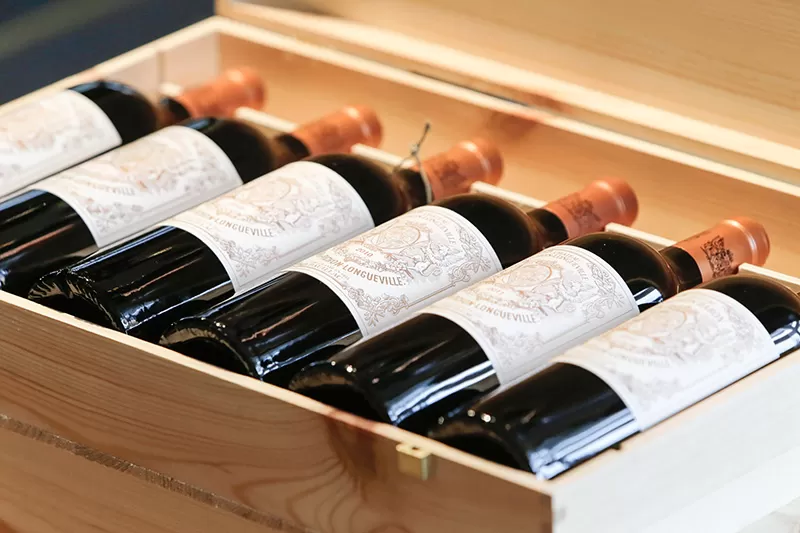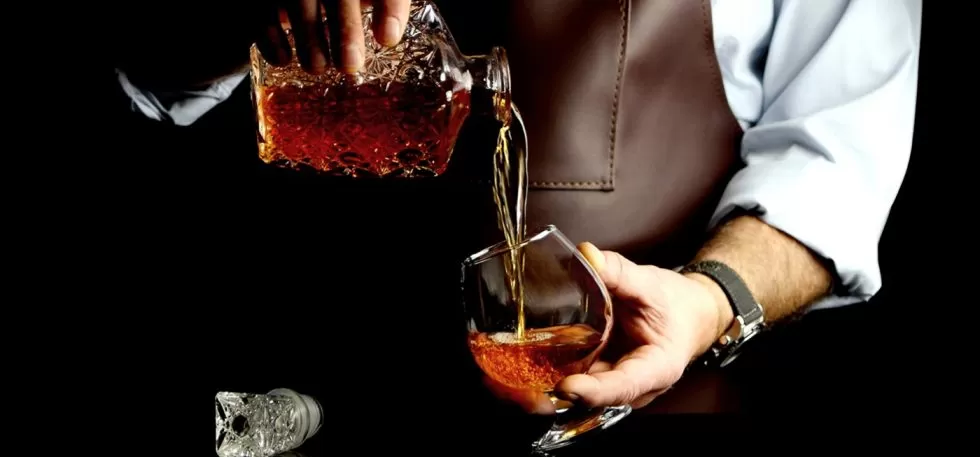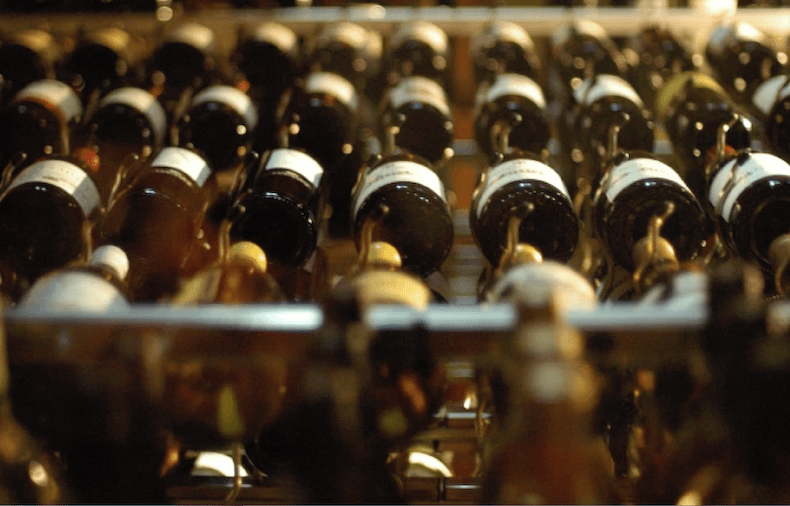How personal is individual wine choice? Recent years have seen a dramatic increase in wine consumption in many parts of the world, and this trend is likely to continue. Today consumers are faced with a bewildering selection of wines, all boasting attributes designed to catch their attention and encourage them to come back for more ‒ from an impressive quality rating and well-known brand name to attractive labelling.
Not surprisingly, choosing a wine is becoming an increasingly daunting task for many consumers. Yet wine purchases are rarely made on a whim. Consumers assess wines on the basis of several obvious and less obvious attributes, with their choices heavily influenced by whether they are wine experts, complete novices or somewhere in between.
Understanding what consumers look for in a wine and where a particular product is perceived to be on the value-price fulcrum lies at the heart of an effective wine marketing strategy.
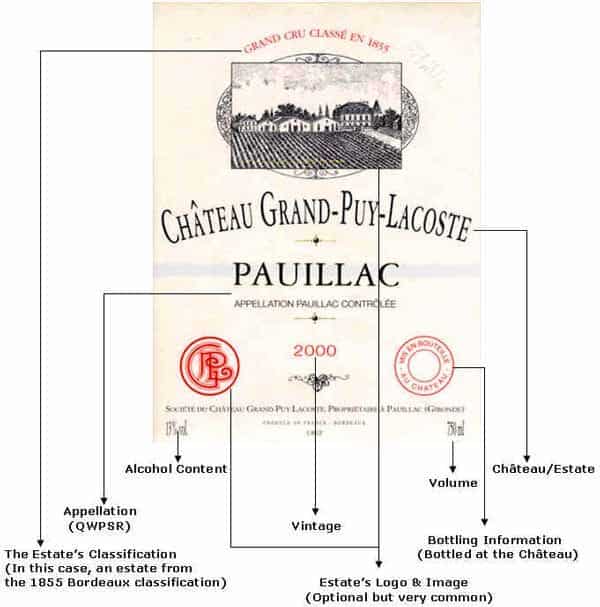
Product knowledge is a very important, but often overlooked, factor in the evaluation of different types of wine. Such knowledge may be subjective or objective. Subjective knowledge refers to what individuals think or believe they know about a particular topic, while objective knowledge refers to what people know about a topic in a practical sense, which can be verified or demonstrated to be correct.
One could say that subjective knowledge is imagined while objective knowledge is real. Objective knowledge is typically associated with experience and expertise and is therefore considered more reliable than subjective knowledge which could be the result of hearsay, preconceived ideas or bias. Yet, subjective knowledge is increasingly found to influence consumer behaviour.
Both subjective knowledge and objective knowledge are equally important to wine marketers because what consumers think they know and what they actually know about wine will influence the marketing strategy.
The ‘intrinsic’ attributes of wine include colour and taste. The ‘extrinsic’ attributes of wine include price, age (or vintage), brand and region of origin. Extrinsic attributes appeal to consumers’ senses in more complex ways than intrinsic attributes, often making the marketing of the former more challenging.
However, a wine’s extrinsic attributes cannot be divorced from its intrinsic attributes. Thus, wine production and marketing are inextricably linked.
Extrinsic attributes have been defined as those that ‘are known or can be known to the consumer before buying the bottle of wine and are separated from the actual characteristics of the wine’. Literature on wine marketing focuses increasingly on the ‘extrinsic’ attributes of wine, but what has not been researched is how product knowledge – both subjective and objective – influences the importance that consumers attach to extrinsic attributes.

While it can be dangerous to generalise, some broad characteristics have emerged in the different types of wine consumers. For example, people’s relative wine knowledge has a significant bearing on the extent to which they are motivated to look for information about a particular wine.
Also, most consumers tend to be overly confident about and over-estimate their wine knowledge. Furthermore, expert consumers have been found to attach more value to the origin of wine, its official ranking and château name, while novices generally base their wine choices on price, age and bottle design.
The influence of price, vintage, region and brand on wine purchases
The interaction between price and quality is a key area of interest in economics and has been extensively researched. In the context of wine purchasing behaviour, the consensus is that price and perceived quality are strongly interrelated.
People’s views about price can be influenced by both subjective and objective knowledge. To a consumer, the price of a bottle of wine is not only about its affordability; it is also an important part of the wine’s perceived brand value and can add to (or detract from) its desirability.
Although consumers typically weigh up several attributes when selecting wine, those with less brand knowledge are inclined to attach relatively more importance to price as a quality indicator.
Although some see the age or vintage of a wine as an intrinsic attribute, others argue that age should be treated as an extrinsic attribute because it can be evaluated without the wine being consumed. Several authors have discerned a strong relationship between a wine’s age and its price, saying that as a wine matures over time its price tends to increase. A wine’s age can therefore also be seen as a mark of quality.
Though often price-sensitive, novice consumers may be prepared to pay premium prices for older wine if its quality can be verified through a visible quality symbol or a persuasive argument provided by a specialist wine store.
How personal is each individual’s wine choice?
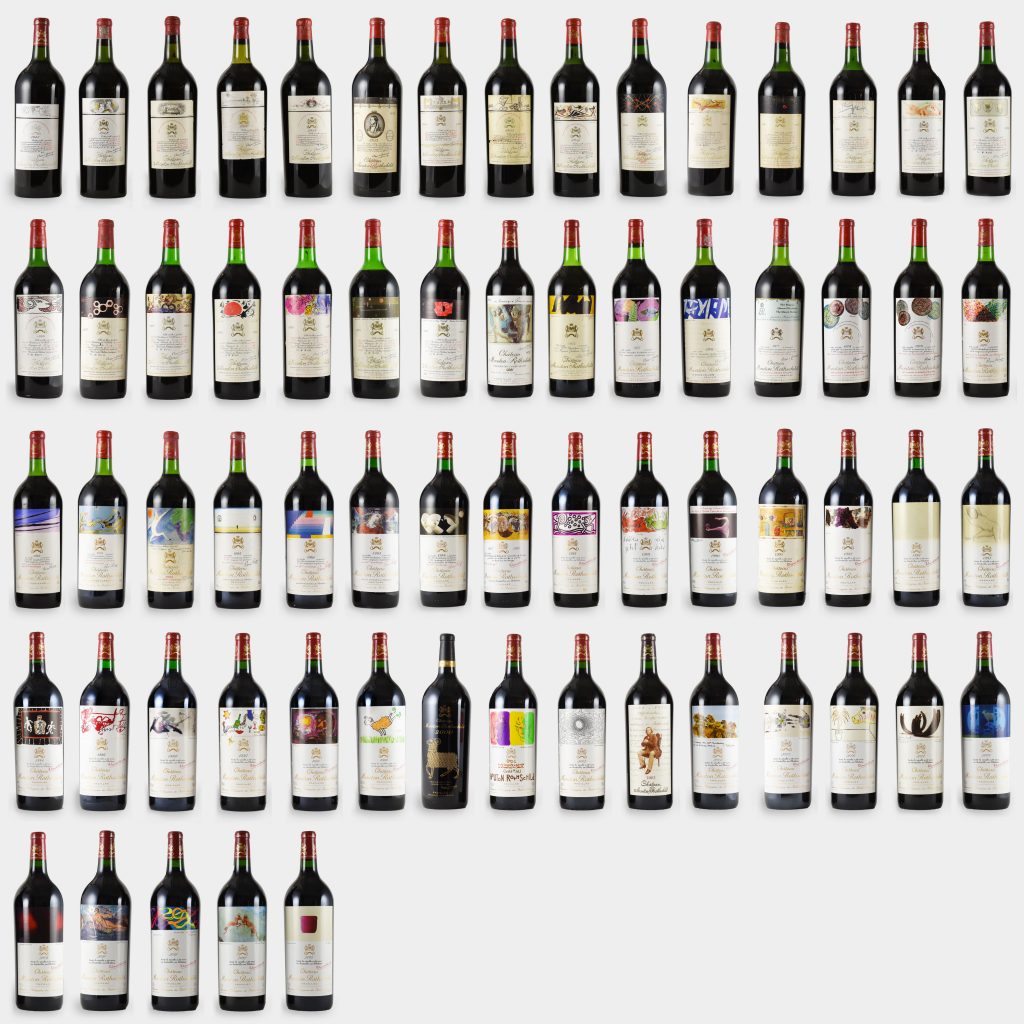
Region of origin emerged as the second most important attribute, with many preferring this particular attribute over others. This highlights the importance of a wine having a clear regional identity.
Snobby consumer attached relatively high importance to a wine brand, with both indicating that their highest preference was for well-known brands. Brand differentiation is an important factor when marketing to all levels of consumers.
The age of wine was shown to be of lesser importance to respondents, with wines in the mid-range generally being the preferred attribute. This mirrors the preference for mid-priced wines and suggests a risk-mitigation approach.
Conclusion
With the global wine industry becoming increasingly congested and competitive, wine producers and marketers need to appeal to consumers in ever-new and innovative ways. Understanding what motivates consumers to buy particular types of wine is a critical part of this process.
What is interesting is that even novice consumers, with limited practical knowledge of wine, constitute a distinct market segment because they display common tendencies when evaluating and choosing wine, which marketers should creatively tap into.
This study lays an important foundation for more in-depth studies into the influence of product knowledge on wine purchasing behaviour, considering additional attributes. Wine labels and bottle characteristics, for example, could be included in the product attribute mix as visual cues can steer consumers in very clear directions.
In line with the global focus on terroir in wine, the region did have the greatest influence on wine drinkers when considering both novices and experts. All this underlines why hyper-personalising marketing product selection to each consumer is essential, for online wine ecommerce, and general DTC sales.


